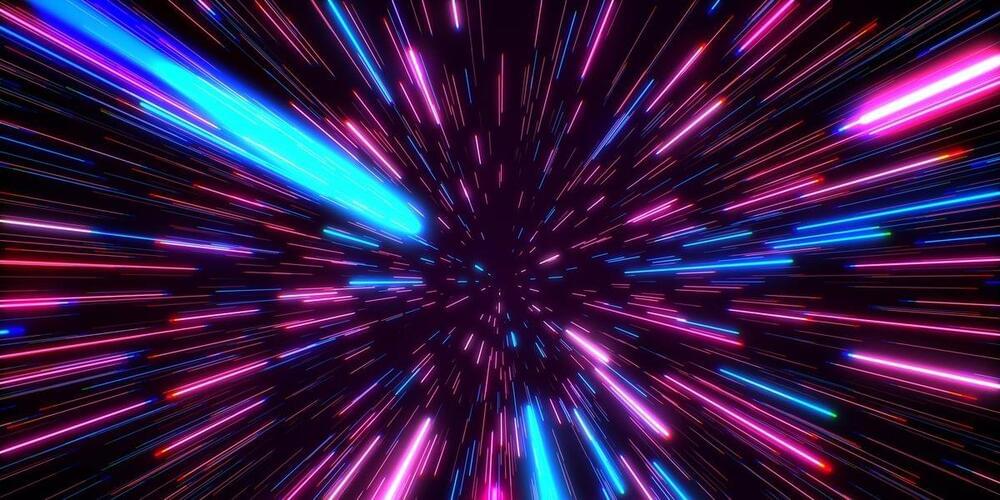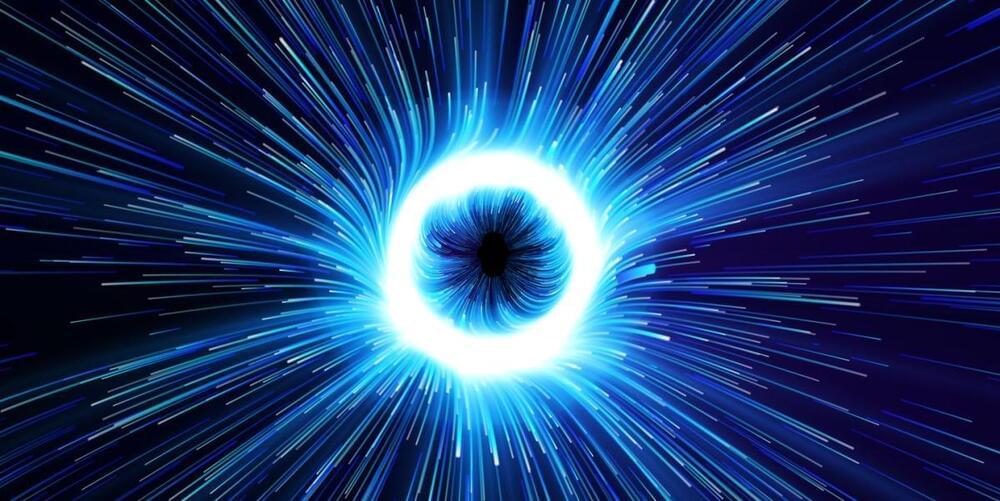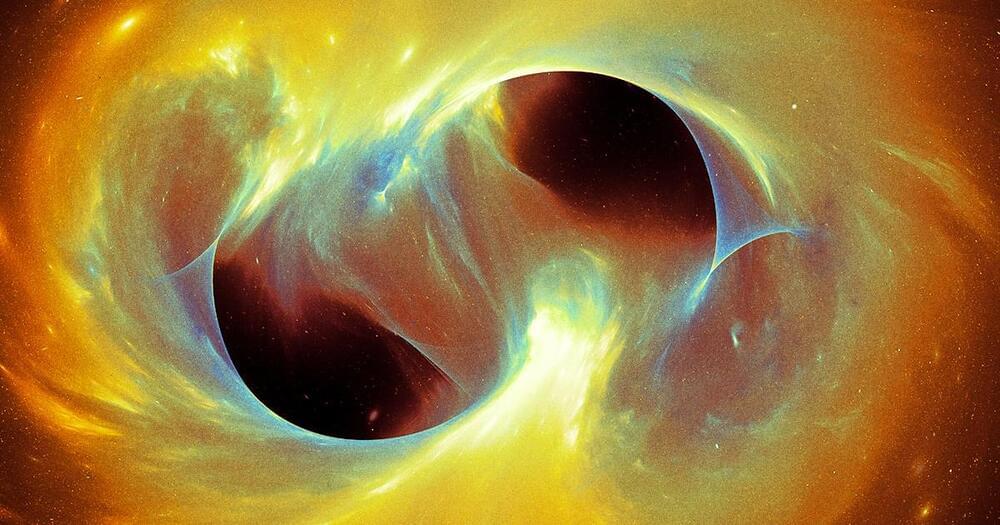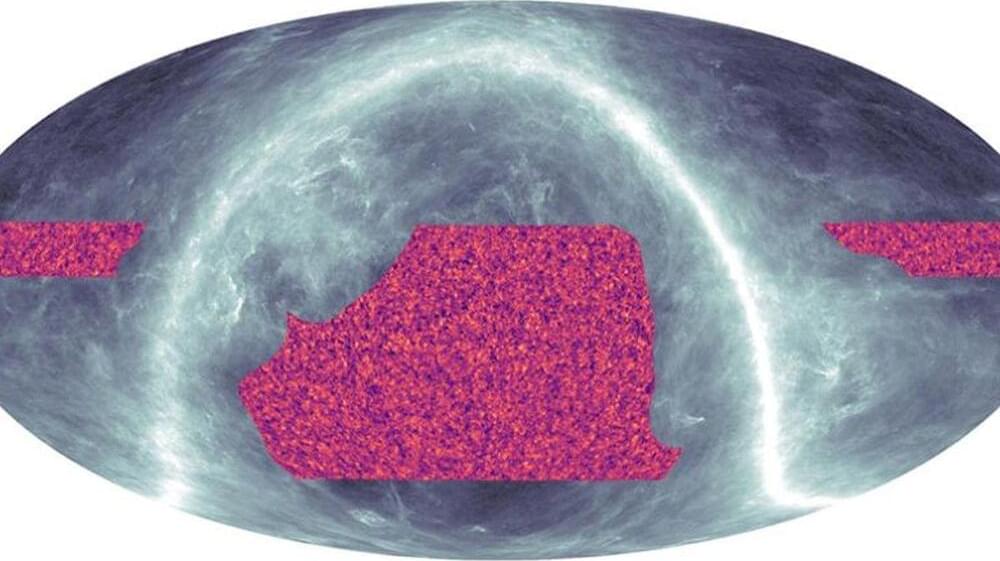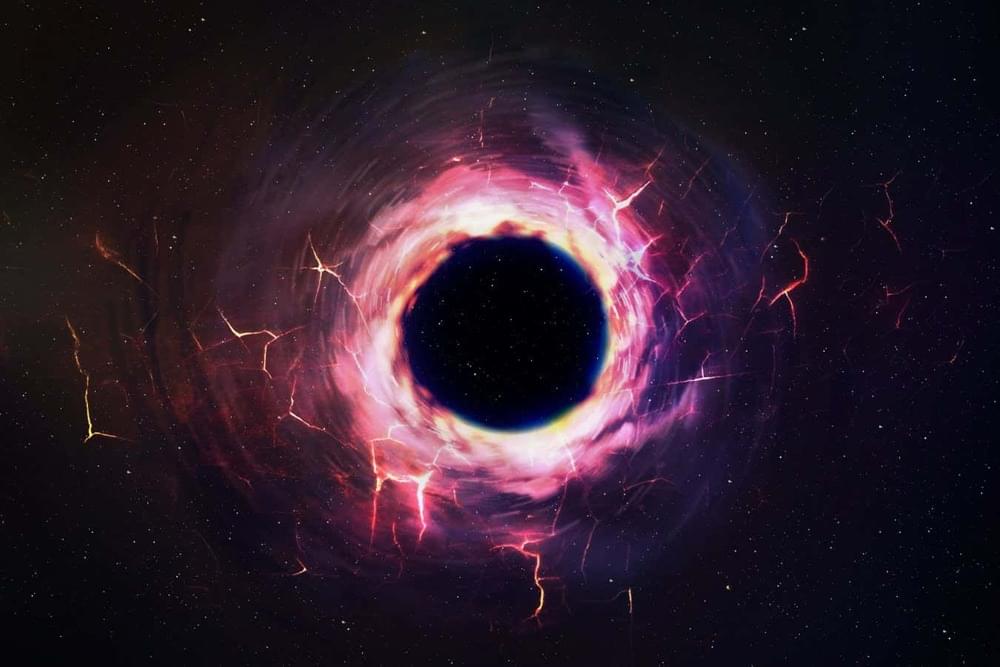Archive for the ‘cosmology’ category: Page 126
May 8, 2023
Scientists Say They’ve Finally Solved Stephen Hawking’s Black Hole Paradox
Posted by Shubham Ghosh Roy in category: cosmology
Scientists say they solved the Hawking information paradox, which states that information can neither be emitted from a black hole or preserved inside forever.
May 8, 2023
Just Happened! Scientists Created a Black Hole in Lab, Then It Strangely Started Glowing!
Posted by Jose Ruben Rodriguez Fuentes in category: cosmology
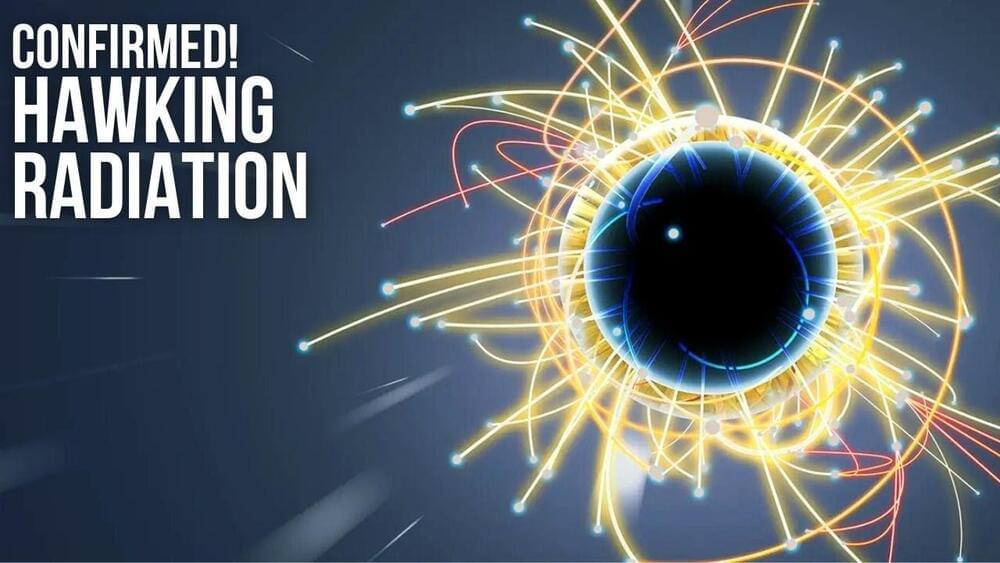
Black holes are considered to be voracious and sinister monsters in space. Until today they are not measurable by normal physical means — at least almost not! Only by two circumstances the giants betray themselves: They change the gravitational forces at their locations by their uncanny large mass — and they radiate! This only minimally, but enough to be able to prove the existence of the black holes. There is something very special about this radiation and today we will look at what it is and what researchers have had to go through in the laboratory to artificially create it. Before we get to that, we ask you to contribute to our channel. Write us your personal opinion in the comments at the end of the video or share your expertise with us.
If you’re a subscriber, you’ll even get a heart and we’ll pin your important contribution to the top. Just make sure you already have a subscription to The Simply Space, like the video and mention both at the beginning of your comment. Now we continue with the mysterious glow from the black hole and an experiment that could change everything.
May 5, 2023
Gaze Upon the Brutal Beauty of Four Massive Black Holes About to Crash
Posted by Shubham Ghosh Roy in category: cosmology
In an effort to understand the origin of our galaxies, astronomers have spotted an insane, galactic showdown for the ages: four giant black holes in dwarf galaxies destined to collide, though not all in the same place. But boy, did they score a grand slam of astronomy firsts.
Using NASA’s Chandra X-ray Observatory, the astronomers kept a close eye on two separate pairs of merging dwarf galaxies. One is in a cluster 760 million light-years away, the other, over 3.2 billion. Unfortunately, us humans are relegated to the nosebleeds for this one.
Still, we don’t need to be close up to understand the significance of the findings, which were published as a study in The Astrophysical Journals. According to the researchers, it’s the first evidence of large black holes in merging dwarf galaxies at all.
May 5, 2023
Map Of The Universe’s Growth Says Einstein’s Gravity Is Right — But A Major Issue Remains
Posted by Paul Battista in category: cosmology
An international team of researchers have been able to track the distribution of matter across the universe over its whole age. The work used the first light that shone freely in the universe, the Cosmic Microwave Background (CMB), to study the unseen matter of the cosmos and confirm that observations agree with our models.
Now, depending on how you look at it, our understanding of the universe is either pretty good or woefully limited. There is a theory called the Standard Model of Cosmology that has been very good at explaining what we see. That said, two crucial components in it are dark matter and dark energy and we haven’t got the darndest idea of what they are. Dark matter is a misnomer. It is not dark, it is invisible as it doesn’t interact with light, only gravity.
So the team used the Atacama Cosmology Telescope in the high Chilean Andes to observe subtle changes to the CMB due to massive structures such as galaxy clusters (filled with dark matter). The changes provide a map of the distribution of matter visible and invisible in the universe.
May 4, 2023
Quantum Supremacy
Posted by Paul Battista in categories: computing, cosmology, quantum physics

We’re hearing this week from two very different parts of the string theory community that quantum supremacy (quantum computers doing better than classical computers) is the answer to the challenges the subject has faced.
New Scientist has an article Quantum computers could simulate a black hole in the next decade which tells us that “Understanding the interactions between quantum physics and gravity within a black hole is one of the thorniest problems in physics, but quantum computers could soon offer an answer.” The article is about this preprint from Juan Maldacena which discusses numerical simulations in a version of the BFSS matrix model, a 1996 proposal for a definition of M-theory that never worked out. Maldacena points to this recent Monte-Carlo calculation, which claims to get results consistent with expectations from duality with supergravity.
May 2, 2023
Detecting Dark Photons with Radio Telescopes
Posted by Saúl Morales Rodriguéz in category: cosmology
A search for rare interactions between dark photons and regular matter provides constraints on the properties of ultralight dark matter.
May 2, 2023
NASA animation sizes up the universe’s biggest black holes
Posted by Genevieve Klien in category: cosmology
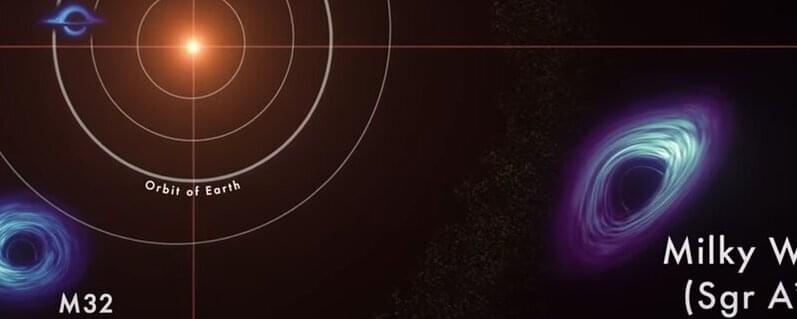
https://youtube.com/watch?v=jU1DsipURcM
A new NASA animation highlights the “super” in supermassive black holes. These monsters lurk in the centers of most big galaxies, including our own Milky Way, and contain between 100,000 and tens of billions of times more mass than our sun.
“Direct measurements, many made with the help of the Hubble Space Telescope, confirm the presence of more than 100 supermassive black holes,” said Jeremy Schnittman, a theorist at NASA’s Goddard Space Flight Center in Greenbelt, Maryland. “How do they get so big? When galaxies collide, their central black holes eventually may merge together too.”
Continue reading “NASA animation sizes up the universe’s biggest black holes” »
May 2, 2023
Incredible animation shows just how big supermassive black holes can get
Posted by Shubham Ghosh Roy in categories: cosmology, robotics/AI
Function receiveMessage(event) { console.log(event.data.fullscreen); Android.fullscreen(event.data.fullscreen); } window.addEventListener(“message”, receiveMessage.
Apr 30, 2023
Quantum computers could simulate a black hole in the next decade
Posted by Paul Battista in categories: computing, cosmology, quantum physics
Understanding the interactions between quantum physics and gravity within a black hole is one of the thorniest problems in physics, but quantum computers could soon offer an answer.
By Alex Wilkins
